
Meet Demi Johnson, the Teen Scientist Helping Restore Oyster Reefs in Mississippi
Mississippi Teen Wins National Geographic Award for Restoring Gulf Waters—One Oyster at a Time
She’s young, determined, and already earning national recognition for saving her state’s coastline.

For years, Mississippi’s Gulf waters have faced relentless challenges—from Hurricane Katrina’s devastation in 2005 to the catastrophic Deepwater Horizon oil spill in 2010, which released over 134 million gallons of oil into the Gulf of Mexico (NOAA). These events severely damaged local ecosystems, especially the oyster reefs that once thrived along the coast. But one ninth grader is working to bring them back—one oyster at a time (PBS).
Meet Demi Johnson, a teenage marine enthusiast whose science project blossomed into an environmental mission. At just 14, Demi has been recognized by the National Geographic Society for her hands-on oyster restoration project, which has already produced over 1,000 oysters—each capable of spawning millions more in the years to come (National Geographic Education).
“It started as something small, but it turned into something that really matters,” Demi told PBS NewsHour. “I realized oysters do so much more than people think—they’re not just food; they’re life for the ocean.”
From Girl Scout Project to Coastal Movement
The project began as part of Demi’s Girl Scout Silver Award, a distinction requiring participants to complete a community-based project.
“My troop leader mentioned oyster gardening, and I thought, ‘That sounds interesting,’” Demi recalled. “She said I could use her pier, and I thought it’d be something simple—but it turned out to be something that changed how I see the world.”
Oyster gardening involves placing young oysters—called spat—into cages and suspending them under docks or piers, where they grow and filter the water naturally. A single oyster can filter up to 50 gallons of water per day, improving water clarity and providing critical habitats for fish, crabs, and shrimp (The Guardian).
“The coolest thing I’ve learned is that oysters serve as filters in the water,” Demi said. “They also become homes to more than 300 species of marine life. That’s amazing.”
Each week, Demi checks her oyster cages, shaking them gently to remove mud and predators. “It’s not hard work,” she said. “It just takes consistency and care.” When the oysters mature, she transfers them to restoration reefs—where they’ll create new habitats and strengthen the Gulf ecosystem.
Mentorship and Recognition
Demi’s dedication soon caught the attention of Dr. LaDon Swann, a researcher from Auburn University’s Marine Extension and Research Center, who became her mentor. Together, they’ve monitored oyster growth rates and discussed how citizen-led projects like hers can complement state-led restoration programs (AL.com).
“When I started, I didn’t realize oysters could be used for restoration,” Demi said. “Now, I’ve learned so much about how they protect the coastline and why it’s important to rebuild their populations.”
Her passion and leadership earned her a National Geographic Young Explorer Award, which recognizes young people using science and storytelling to drive change. Past winners have gone on to become environmental policy leaders and marine biologists (National Geographic).
A Bigger Vision for the Future
This oyster season, Demi plans to expand her project from five cages to nine, aiming to double her impact. Beyond oyster gardening, she’s already thinking ahead to a future in environmental advocacy.
“I want to study environmental law at the University of Michigan,” she said. “My dream is to represent environmental groups and help protect ecosystems like the Gulf.”
Her story comes at a time when youth involvement in climate and conservation work is rising globally. From Greta Thunberg’s climate strikes to local restoration programs led by teens across the U.S., young people like Demi are leading change at both grassroots and global levels (CNN).
According to National Geographic Society President Jill Tiefenthaler, young innovators like Demi “remind us that real change often starts small — with curiosity, courage, and commitment to the planet” (National Geographic Press).
Restoring Hope, One Oyster at a Time
Mississippi’s oyster reefs, once among the richest in the country, are slowly beginning to rebound thanks to community-driven efforts. Experts at the Mississippi Department of Marine Resources say restoration projects like Demi’s are essential for rebuilding both marine life and coastal resilience against future storms (The Clarion-Ledger).
“It’s inspiring to see young people taking initiative,” said Dr. Swann. “Demi’s work shows that science and community engagement go hand-in-hand.”
For Demi, it’s about more than science—it’s about leaving a legacy.
“I just hope my work helps someone else realize they can make a difference too,” she said. “Even something as small as one oyster can help heal the ocean.”
Demi Johnson’s journey from Girl Scout to Gulf Coast restorer is proof that age is no barrier to impact. With her dedication and heart for the planet, she’s not only rebuilding reefs—but also helping restore hope for the next generation of ocean defenders.
News in the same category


This Mom Got Illinois To Sign A Law Banning Hair Discrimination In Schools

These Multilingual Siblings Have Created A Virtual Academy To Teach People How To Speak Other Languages
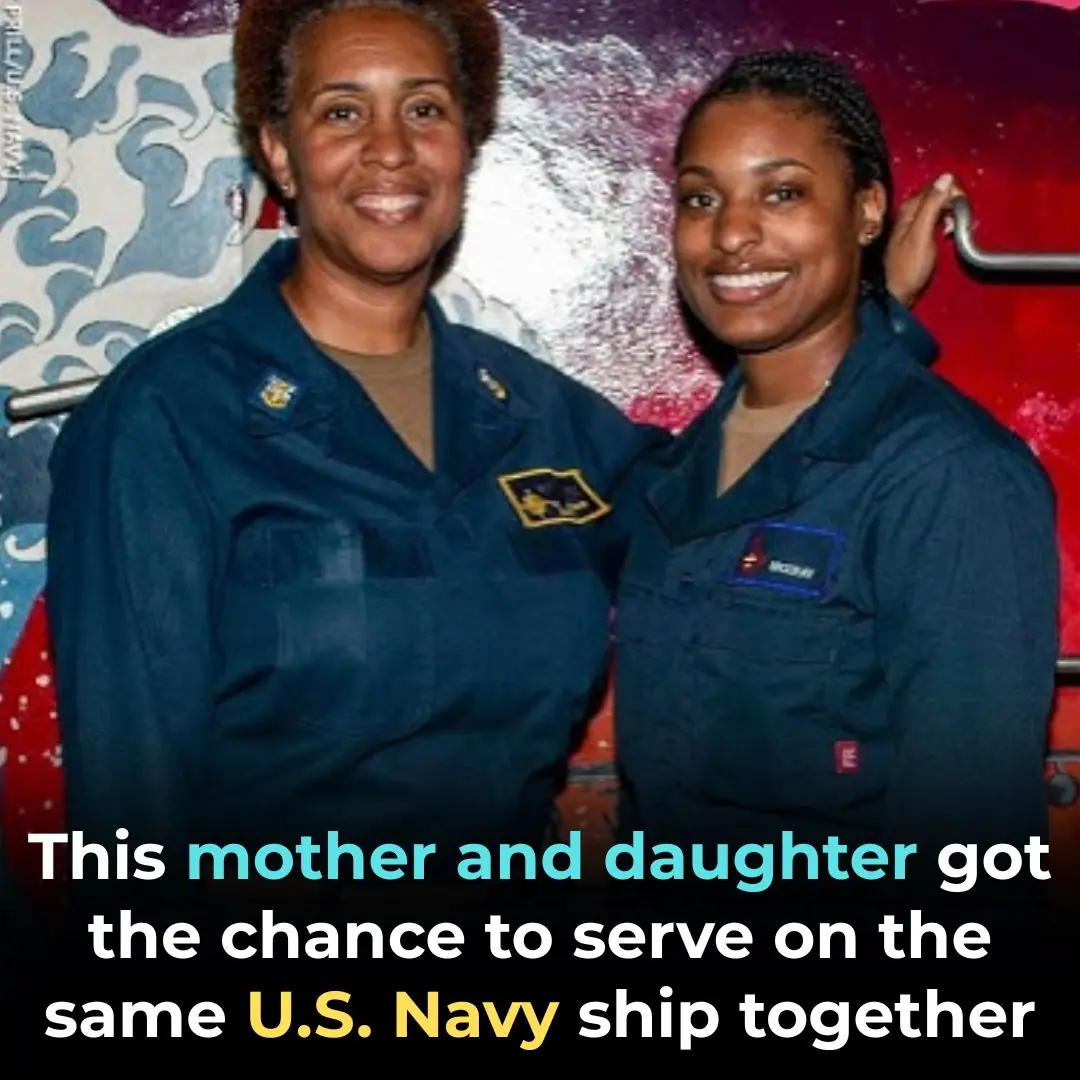
This Mother and Daughter Got The Chance To Serve On The Same U.S. Navy Ship Together

Mara Brock-Akil Set to Reimagine Judy Blume Classic for Netflix

Scientists finally reveal if pouring coffee down drain harms environment after woman fined $200

People deeply disturbed as Amazon announce new dystopian way to track its drivers

3 Surprising Health Benefits of Using a Bidet — for You and the Planet
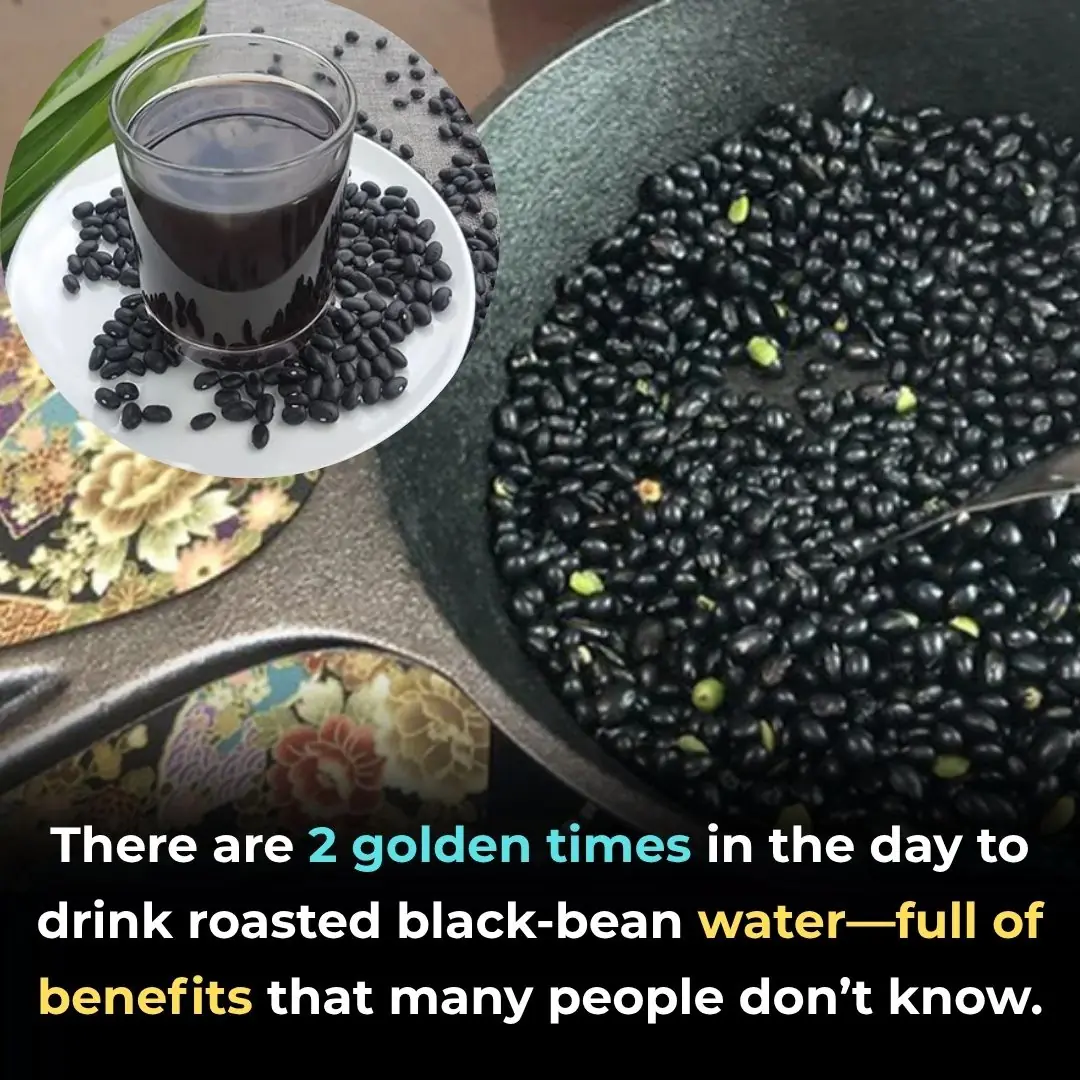
The Two Golden Times of Day to Drink Roasted Black Bean Water — A Small Habit With Big Health Benefits

Millions Are Seasoning Food the Wrong Way — Making Meals Less Tasty and Potentially Toxic
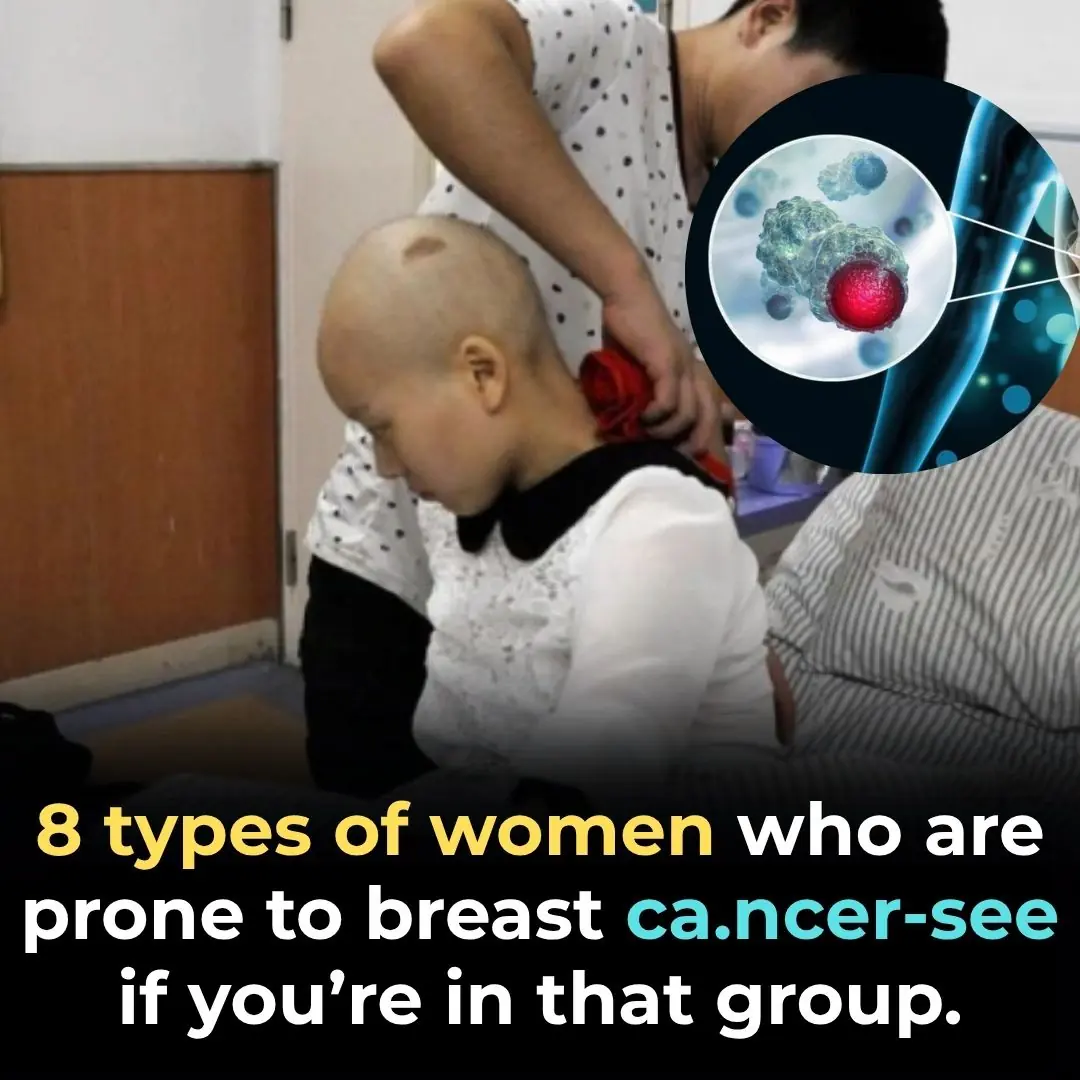
8 Types of Women Most at Risk for Breast Cancer — Are You One of Them?

8 Subtle Bathroom Signs That Could Indicate Cancer — Don’t Ignore Them

Previously Homeless Veteran and Mother of 6 Becomes A First-Generation College Graduate

Baileigh Sinaman-Daniel Makes NCAA History as First One-Armed Women’s Basketball Player to Score in a Game

California Teen Goes From Compton To Harvard To Oxford As A Rhodes Scholar
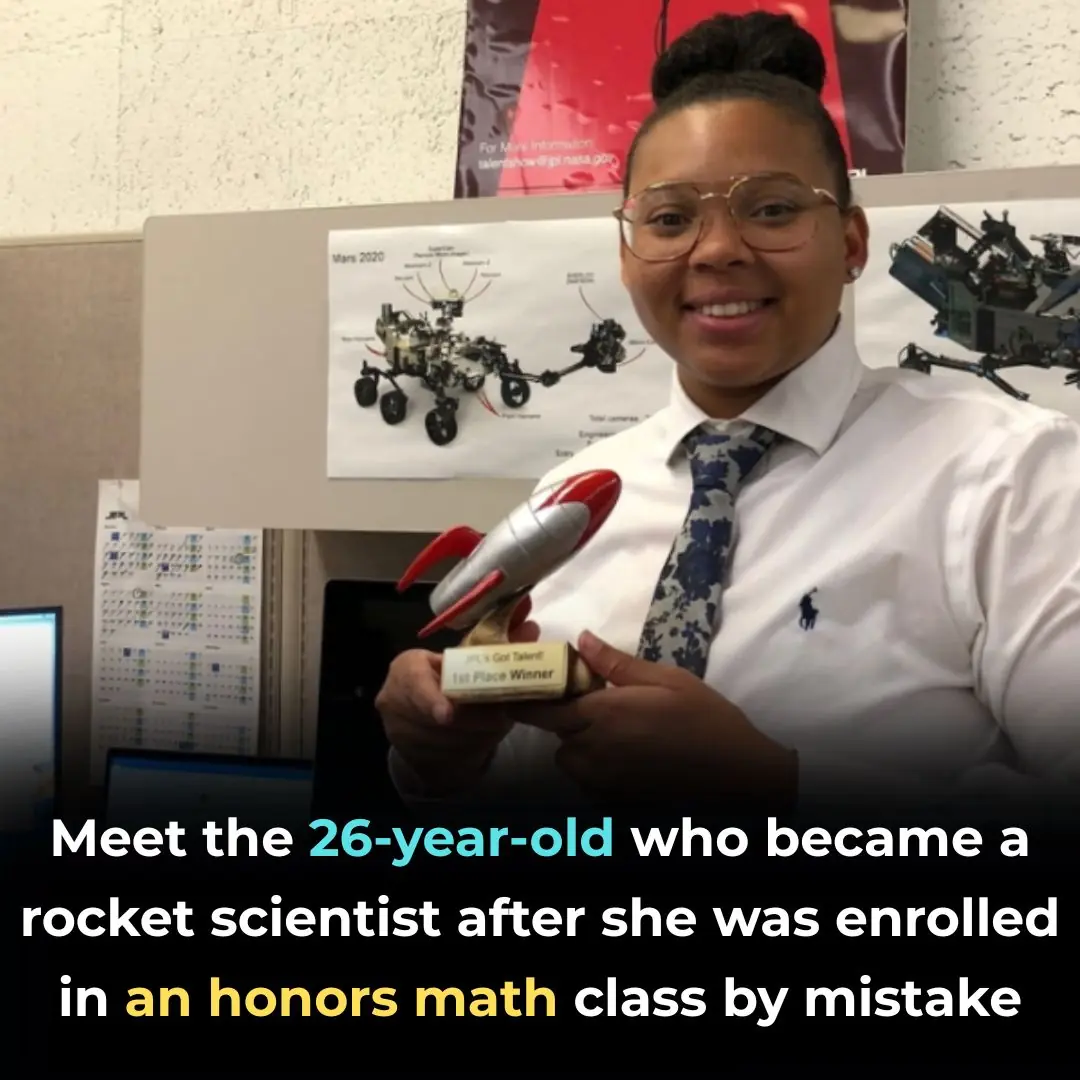
Meet The 26-Year-Old Who Became A Rocket Scientist After She Was Enrolled In An Honors Math Class By Mistake

26-Year-Old Entrepreneur Makes History As Owner Of First Black Woman-Owned Tequila Brand In Texas

Michelle Obama & Brother Craig Robinson to Launch New Podcast Giving Their Opinions on Everyday Life

Lori Loughlin Could Get Nothing From 1997 Prenup That Shields Designer Husband’s $100M Fortune
News Post

The Boy Who Hitchhiked 250 Miles to Meet His Hero.
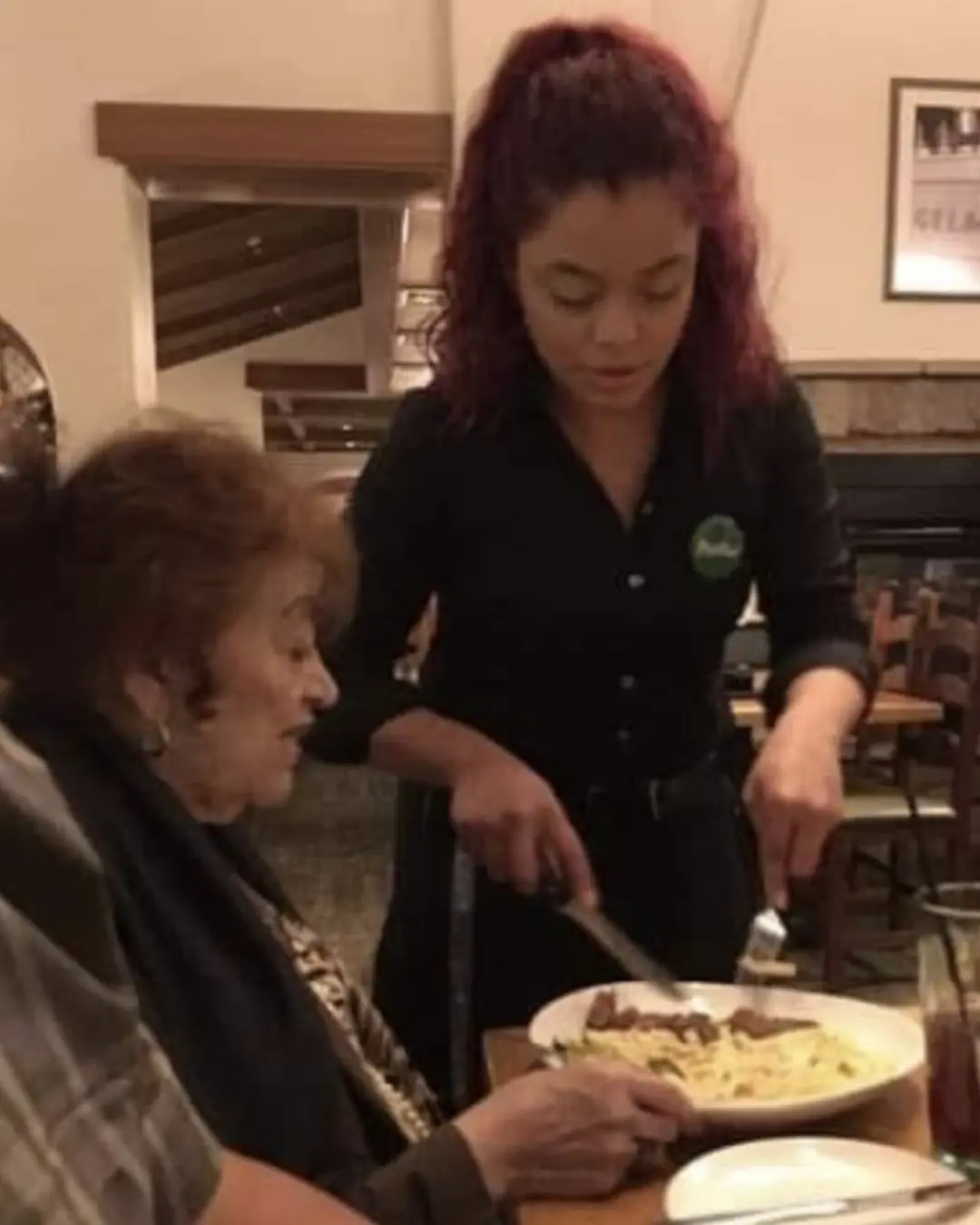
A Waitress Named Susie and the Night Kindness Stole the Spotlight
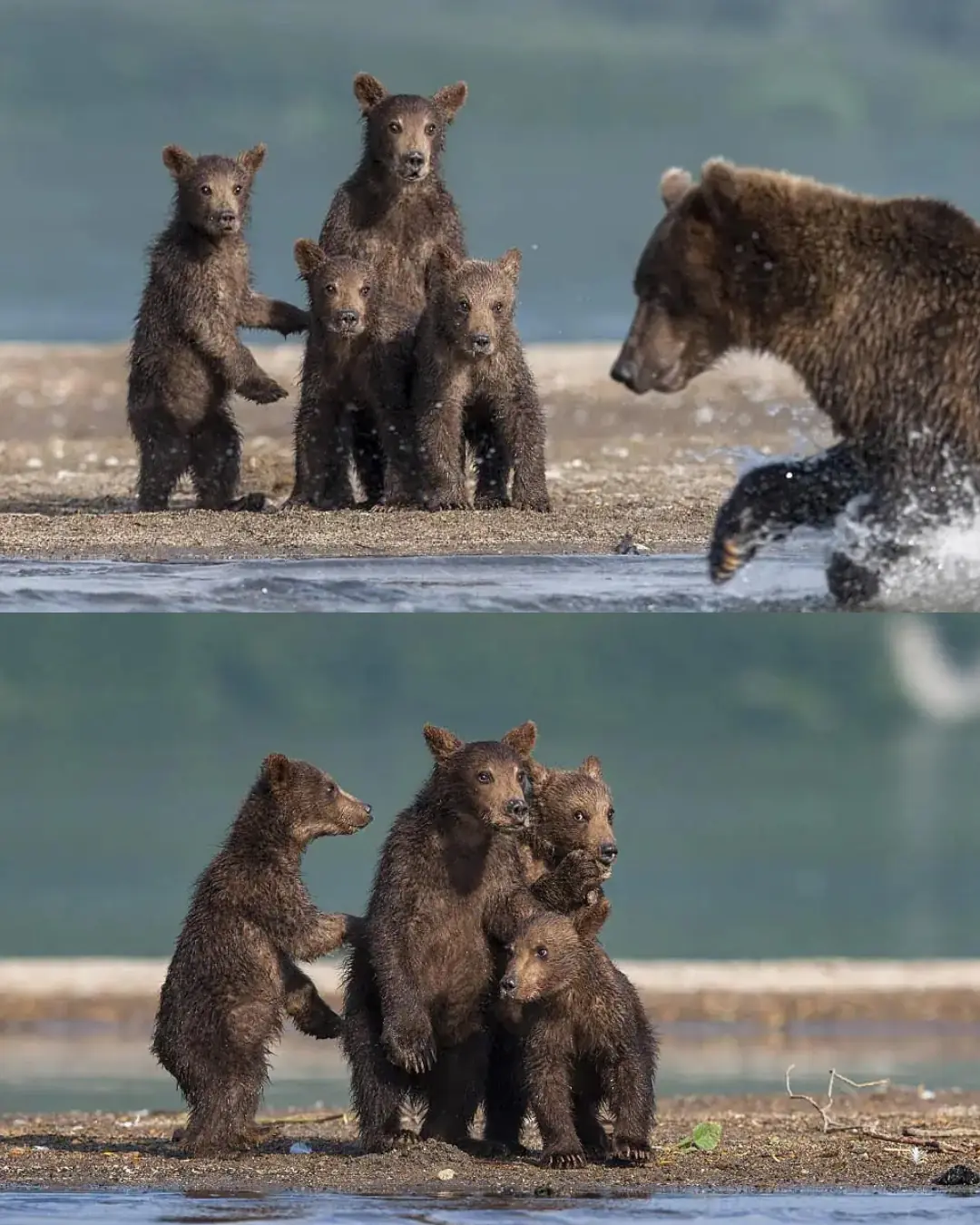
The Lesson by the Lake: A Mother Bear’s Love That Teaches Survival.

A Moment of Joy: How a Playful Baby Elephant Stole Everyone’s Heart
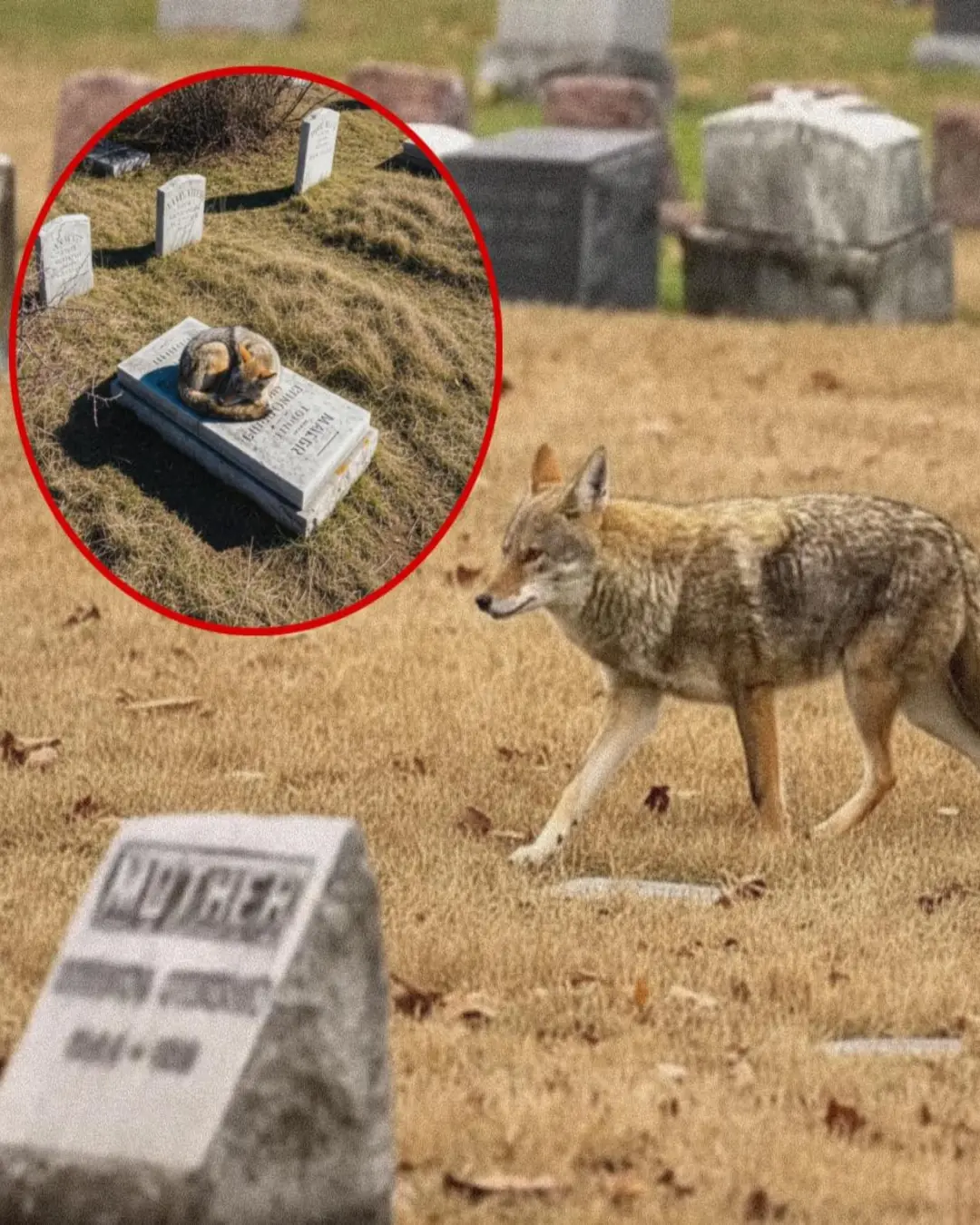
The Coyote at the Grave: A Bond That Survived Fire and Time

Sasha’s New Chance: A Journey of Courage, Pain, and Hope
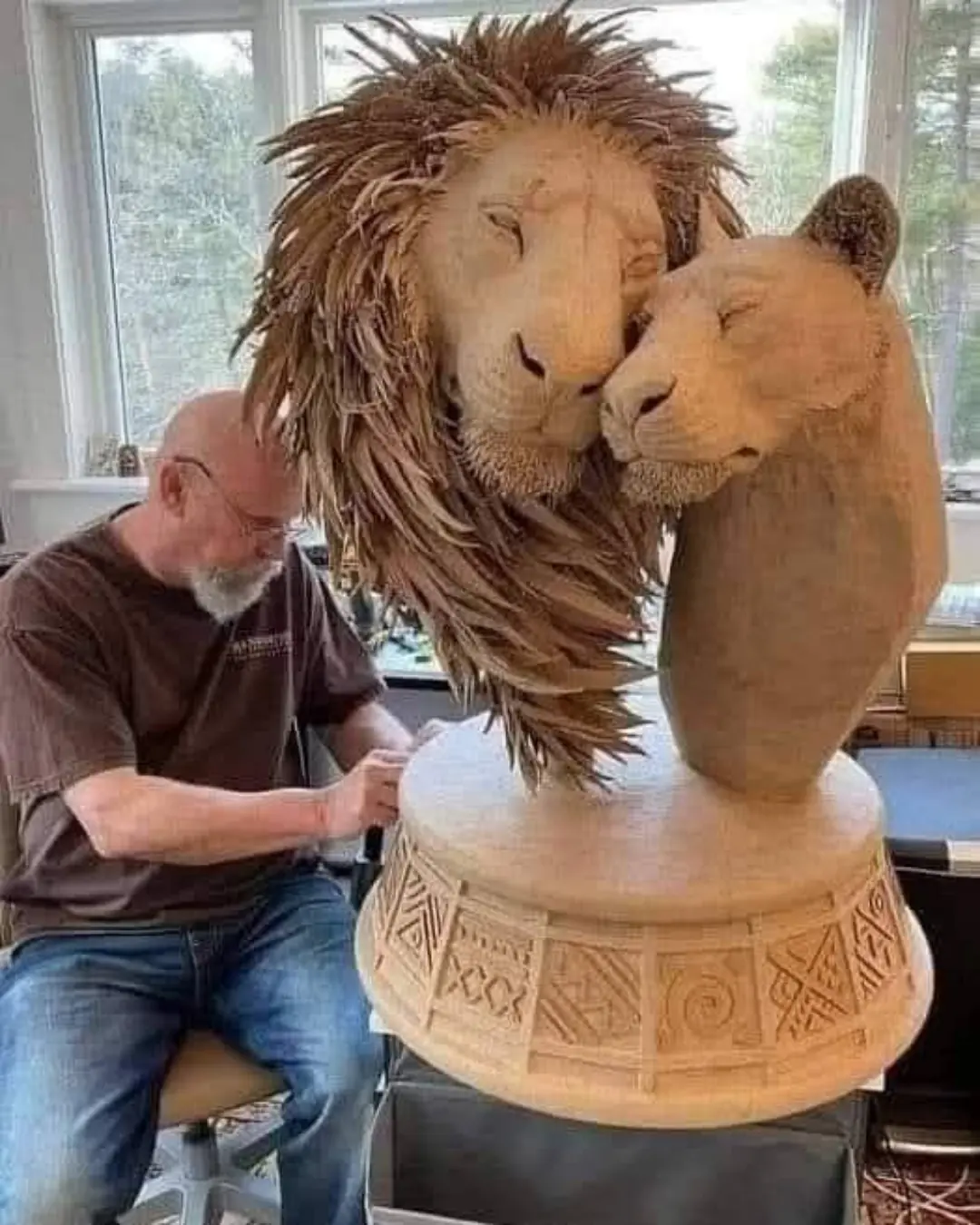
Devotion: The Lions Made of Love and Cardboard.

The “Guilty” Raccoon Who Stole Hearts Instead of Snacks.

A Metro Ride, a Meltdown, and a Miracle: How One Officer Turned a Child’s Worst Day into a Moment of Kindness the World Will Never Forget.

A Graduation to Remember: When a Police Officer Carried a Student Across the Finish Line.

A Moment of Joy: How a Playful Baby Elephant Stole Everyone’s Heart.

Holding On for a Miracle: Keontae McKinnon’s Brave Fight

A Homecoming Marked by Grief and Gratitude: The Corley Family’s Journey

From Shelter to Service: The Incredible Journey of K-9 Ron

Detroit Couple Celebrates Their 75th Wedding Anniversary And Credit Communication As The Key To A Lasting Marriage

This Mom Got Illinois To Sign A Law Banning Hair Discrimination In Schools

These Multilingual Siblings Have Created A Virtual Academy To Teach People How To Speak Other Languages

This Mother and Daughter Got The Chance To Serve On The Same U.S. Navy Ship Together
